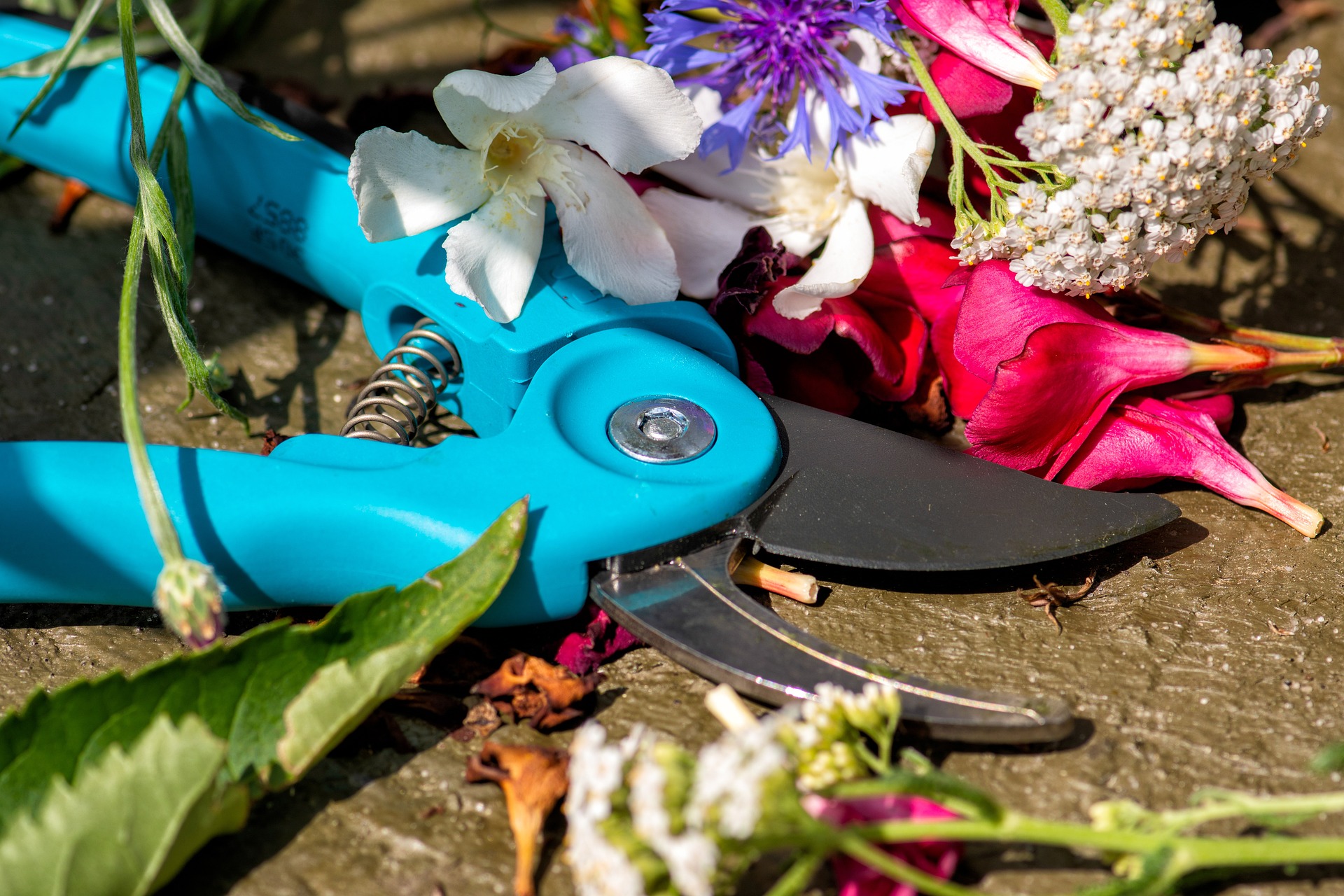Mastering the Basics of Pruning for Healthy and Beautiful Plants
Are you a gardener looking to enhance the health and beauty of your plants? If so, pruning may be the technique you need to master. Pruning involves selectively removing certain plant parts to control its growth, shape, and health. In this article, we'll explore the basics of pruning, its benefits, and provide some tips for effective pruning. Whether you're a beginner or an experienced gardener, understanding the art of pruning can help you maintain the health and beauty of your plants for years to come.

Pruning is an essential cultural technique in gardening and horticulture. It involves removing specific plant parts to control its growth, enhance its health, and increase its productivity. By pruning, gardeners can shape their plants, stimulate new growth, remove dead or damaged branches, and prevent the spread of diseases. In this article, we'll discuss the basics of pruning, its benefits, and provide tips for effective pruning.
What is Pruning?
Pruning is a horticultural practice that involves the selective removal of certain plant parts, such as branches, shoots, or roots, to control the plant's size, shape, and health. It can be done for various reasons, including removing dead or diseased branches, shaping the plant, stimulating new growth, or controlling the plant's size.
Why is Pruning Important?
Pruning is essential for maintaining the health and beauty of plants. By removing dead, diseased, or damaged branches, you can prevent the spread of diseases and pests, improve air circulation, and promote new growth. Pruning also helps shape the plant, enhancing its appearance, and increases its productivity by directing energy to more desirable areas.
When to Prune?
The timing of pruning depends on the type of plant and its growth habits. Generally, it's best to prune during the dormant season, when plants are not actively growing. For deciduous trees and shrubs, this is usually in late winter or early spring, while for evergreens, pruning can be done throughout the year. Avoid pruning during periods of active growth, as it may weaken the plant and reduce flower or fruit production.
How to Prune?
The technique for pruning varies depending on the plant type and purpose, but here are some basic steps for most pruning tasks:
- Start by inspecting the plant and identifying branches that need to be removed. Look for dead, diseased, or damaged branches, or branches that are crossing or rubbing against each other.
- Use clean, sharp tools, such as pruning shears, loppers, or saws, to make your cuts. Avoid using dull or rusty tools, as they can damage the plant and spread diseases.
- Cut the branch just above a bud or lateral branch at a slight angle. This promotes new growth and prevents water from collecting on the cut surface.
- For larger branches, use the three-cut method to avoid damaging the plant:
- First, make an undercut about 12 inches from the trunk.
- Next, make a second cut from the top, a few inches beyond the first cut.
- Finally, remove the stub by cutting just outside the branch collar.
Tips for Effective Pruning:
- Always use clean, sharp tools to avoid damaging the plant or spreading diseases.
- Prune only when necessary and avoid over-pruning, as it can weaken the plant and reduce its productivity.
- Follow the plant's natural growth habit and avoid aggressive pruning.
- Consider the plant's future growth and make cuts that will direct it in the desired direction.
- If unsure, consult a professional for specific pruning techniques.
Conclusion
Pruning is a vital cultural technique that can help maintain the health and beauty of plants, increase productivity, and shape their appearance. By understanding the basics of pruning and following a few simple tips, gardeners can effectively prune their plants and enjoy long-term benefits.
Learn how to safely prune larger branches with 3-cut method.
Follow us: Don't forget to check out our YouTube channel and coverage on Google News.
We appreciate your support and look forward to helping you grow the garden of your dreams!